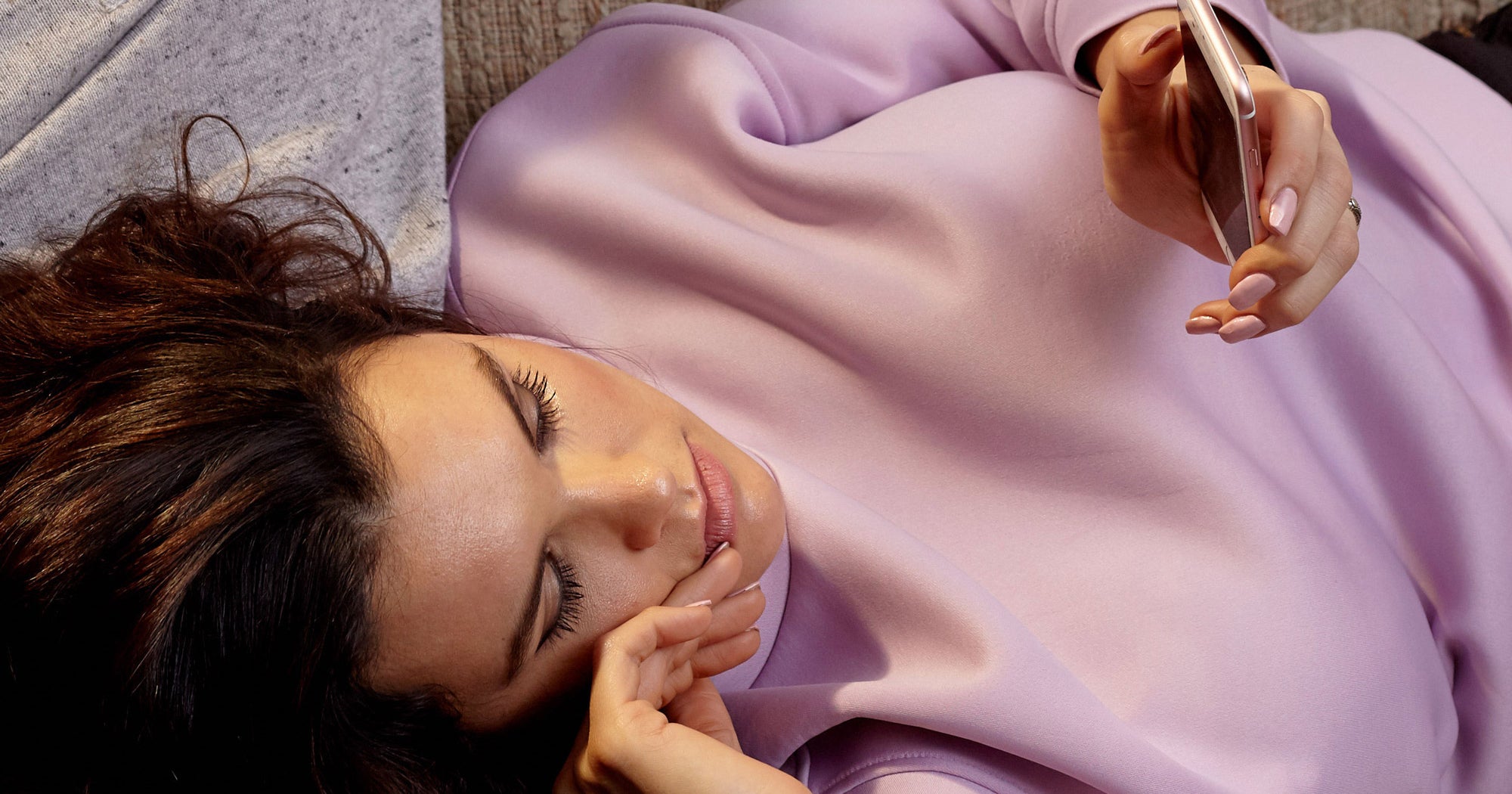Are you anxious, avoidant or secure? What’s rarely discussed is whether people can switch from one camp to another. People wear their “anxious” labels as if they’re fixed for good, but that isn’t necessarily so. Within the bleak dating scene today — 1.4million people left dating apps in 2024, and 78% of people feel exhausted by apps — people who previously saw themselves as anxious are now identifying as avoidant, and we’re seeing people candidly share this on TikTok. Dating disappointments have hardened them.
If you follow pop psychology, you’ll know these terms as part of attachment theory. It’s a simple, if reductive idea, on how people “attach” to partners — do they do it anxiously fearing abandonment, do they avoid connection as a way to self-protect, or are they well balanced and secure. It’s missing some nuance, but it helps people explain or understand their connection to people a little better.
Charlotte (surname withheld), 35, is one of these people who feel they switched from an anxious to avoidant dating style. “I have been in relationships previously that did not make me feel secure, and led to an anxious attachment style,” she says. “In the last few years, I have been much more avoidant.” She’s since avoided dating men all together and de-centred romantic relationships. Charlotte decided that being alone was better for her wellbeing after noticing this change in herself. Now, she’s started to date again, but she wants to move into a secure attachment style. “Counselling this last year has really changed things for me,” she adds.
The shift in anxious people is one of pain avoidance — there’s only so many times an anxious person can date a non-secure partner without it impacting how they date. “It’s a natural reaction to want to avoid anything that has been a source of pain to us,” says Dee Johnson, psychotherapist at Priory Hospital, Chelmsford. “Fear is a natural and necessary protection response, but it can become all-consuming.” Signs that someone is going from one attachment style to another could include suddenly becoming cold or suddenly presenting as clingy and controlling, Johnson says. “This emotive reactive roller coaster is an indicator of pain, fear, insecurity, grief, hurt and a sense of feeling lost and unsure of identity and self worth.”
People might think that becoming avoidant is “safer”, but it’s actually just another way of self-sabotaging. On TikTok, people have even been making light of switching to avoidance. One person made a video miming cuffs coming off them, crediting that so-called freedom with the anxious to avoidant switch. “Free but at what cost,” reads one of the top comments. Others post videos smiling to the camera, seemingly celebrating. “While an understandable and natural reaction,” Johnson says, “over time, it will cut us off from good stuff and possibly turn our behaviours more dark, suspicious, and paranoid that will leak out into all relationships.” Johnson warns the result of this might look like anxiety, low moods and isolation. “The sad reality is that we are then still giving power to someone from our past that really hurt and damaged us,” she adds.
Some people might have even swung this way without fully realising it. Liz Kelly, therapist and author of This Book Is Cheaper Than Therapy, says it’s important to reflect on how your past is impacting you in the present. “You don’t want to evaluate new partners through the lens of previous mistreatment,” Kelly advises. “Entering a new relationship is a highly vulnerable time, even if you have a secure attachment style. You are figuring out the other person’s character, values, and communication patterns, and assessing whether they are a good fit for you and trustworthy.” And so, dating anyone requires sitting with some discomfort of the unknown.
How To Move Into Secure Attachment
This is no one-size-fits-all, and deep work through therapy or counselling might be needed for personal issues. However, Johnson says there are steps you can begin to take on your own. “A secure style is a place where you will want to embrace and value a relationship but not at any cost to your own identity, values, individuality, and self-respect,” Johnson says. “That can be a lot easier said than done depending on what your life experiences have been, where your self-confidence is, and how hurt you have been. You might start with: working on having boundaries, recognising red flags, learning assertiveness, ensuring you vocalise your needs and desires, and understanding that safe relationships have healthy compromise.” This all takes time, Johnson adds, and involves learning more about yourself, exploring where your self-worth is, and what you understand a healthy relationship to be.
Like what you see? How about some more R29 goodness, right here?
Would You Invest $12,000 To Help You Find Love?


